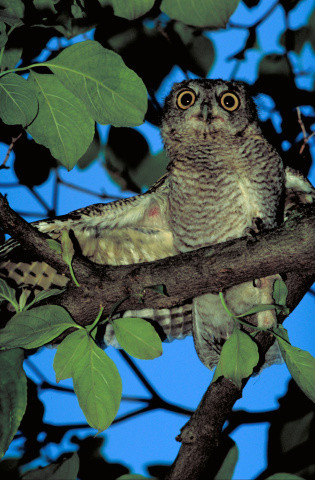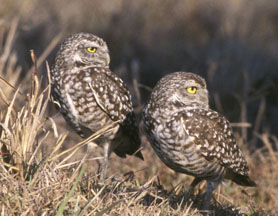 Forest cover is the best predictor of screech owl presence, and citizen scientists doing call-playback surveys compared well to professionals, says a paper in the March issue of the Northeastern Naturalist. The research was conducted in the metropolitan New York tri-state area.
Forest cover is the best predictor of screech owl presence, and citizen scientists doing call-playback surveys compared well to professionals, says a paper in the March issue of the Northeastern Naturalist. The research was conducted in the metropolitan New York tri-state area.
Read the abstract here. (Fee or subscription required for the full article.)
Teton Cougar Project, which has been studying mountain lions (Puma concolor) in the Jackson Hole region for years, recently documented two adult female mountain lions feeding at the same kill on three different occasions. Once, a male also joined the group. Four years ago the research team documented one female mountain lion adopting another’s kittens.
The observations refute the conventional wisdom that mountain lions are solitary and only spend time together to mate.
Read more details in the Jackson Hole News & Guide, here.
Researchers in Denver, Colorado will begin radio-collaring up to 60 coyotes in the metro area with the goal of tracking them for the next two years. Stewart Breck, a researcher with USDA-APHIS Wildlife Services, will lead the effort.The researchers would like to know how the coyotes are using settled landscapes, and if community-based hazing programs are working.
Read the Colorado Division of Wildlife press release, here.
 Back in 1995, the California Department of Fish and Game released a report on burrowing owls that described how to survey for them and steps that could be taken to mitigate loss of habitat. Yet, the numbers of burrowing owls in California have continued to decline.
Back in 1995, the California Department of Fish and Game released a report on burrowing owls that described how to survey for them and steps that could be taken to mitigate loss of habitat. Yet, the numbers of burrowing owls in California have continued to decline.

